Uzbek diplomats in the United States held talks with an American scientist, professor of anthropology at Washington University in St. Louis (Missouri) Michael Frachetti, reports "Dunyo" information agency.
One of the leading professors of archaeology in the United States specializing in research on Central Asia and Eastern Eurasia, Michael Frachetti has been conducting archaeological and research work in Central Asian countries for the past 25 years, and has been cooperating with the National Center of Archaeology of the Academy of Sciences of Uzbekistan for many years.
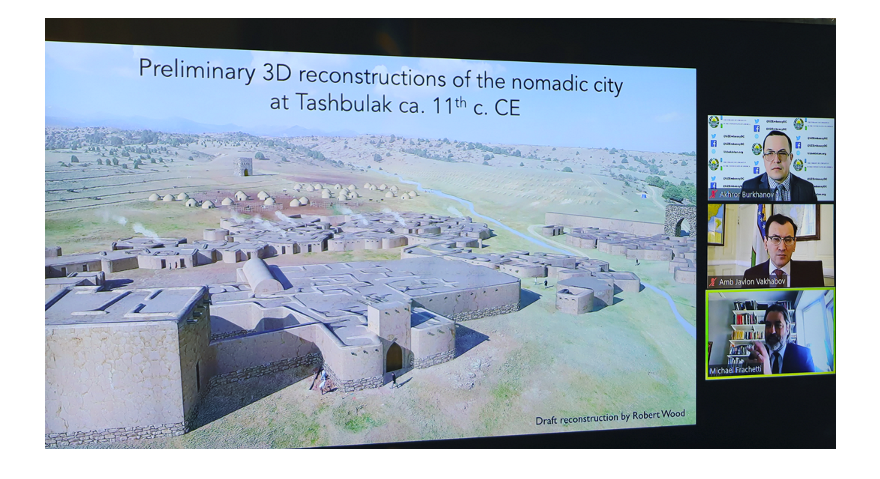
With the support of the National Geographic Society of the USA "National Geographic" from 2009 to 2011, they implemented a number of projects in the Jizzakh region. In particular, according to the results of research on the Malguzar mountain range, a historical map was compiled and more than 15 archaeological sites were discovered, as well as evidence of a nomadic lifestyle and urbanization in the settlement of Tashbulak (IX-XI centuries AD) – one of the important points on the Great Silk Road.
The American scientists noted that in the settlement of Tashbulak, with the help of a geophysical radar, a digital map of the buildings of the archaeological monument, preserved at the level of 2 meters underground on an area of 10 hectares, was developed. The settlement had a dense building, with a stone foundation of walls made of a wooden frame.
According to the scientist, all this indicates that this historical object, located at an altitude of about 2000 meters above sea level, along with the mysterious Inca city of Machu Picchu in Peru, was one of the important settlements of the Great Silk Road.
As a result of research on the territory, burial sites of the IX century have been identified, confirming the Islamization of this region. The settlement, which remained inhabited for almost 4 centuries, disappeared before Genghis Khan conquered these territories, without even leaving any written or other sources about the existence of the city.
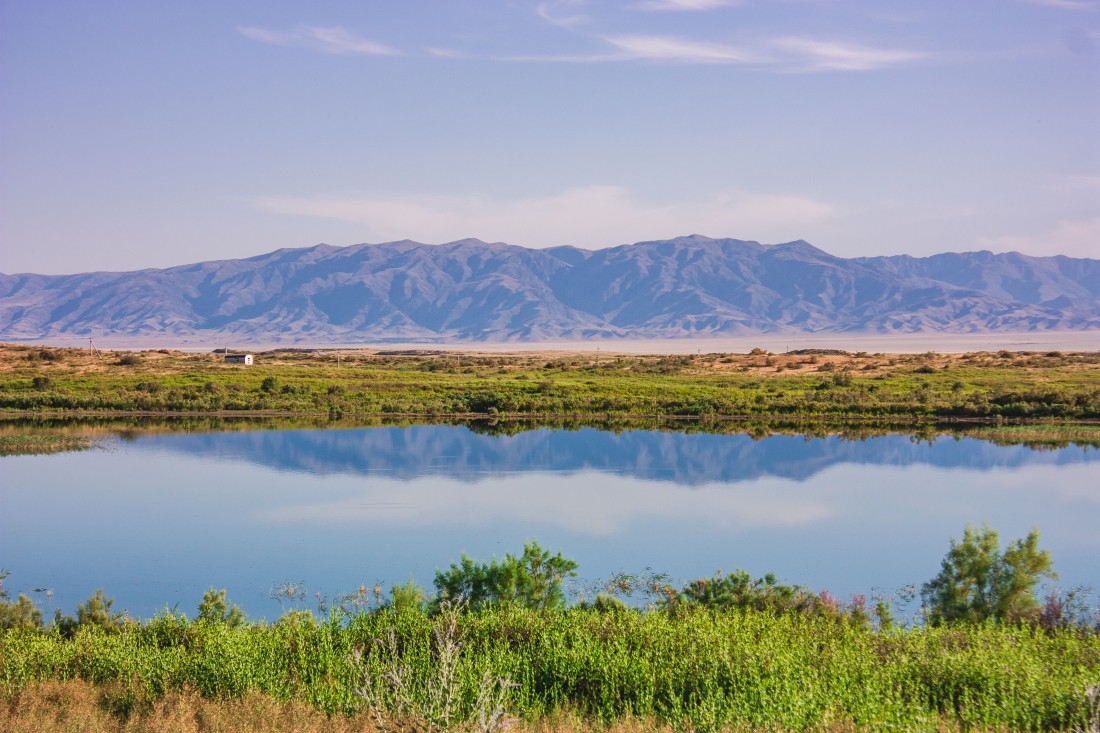
During the excavations near Tashbulak, archaeologists also discovered another large city of Tugunbulak, which presumably has an area of about 200 hectares, which is 10 times more than previously discovered data. At the same time, the study and excavation of this unprecedented historical site has yet to be carried out, as the search for funding for large-scale research continues. This project may take about 10-15 years. Preliminary surveys of the surface of this ancient settlement revealed numerous fragments of ceramic dishes, traces of the walls of buildings, streets and the remains of defensive structures surrounding Tugunbulak.
According to Michael Frachetti, Tashbulak and Tugunbulak were an important ancient points of the Great Silk Road. In addition, the example of cities also highlights their important role in the development of global urbanism and trade.
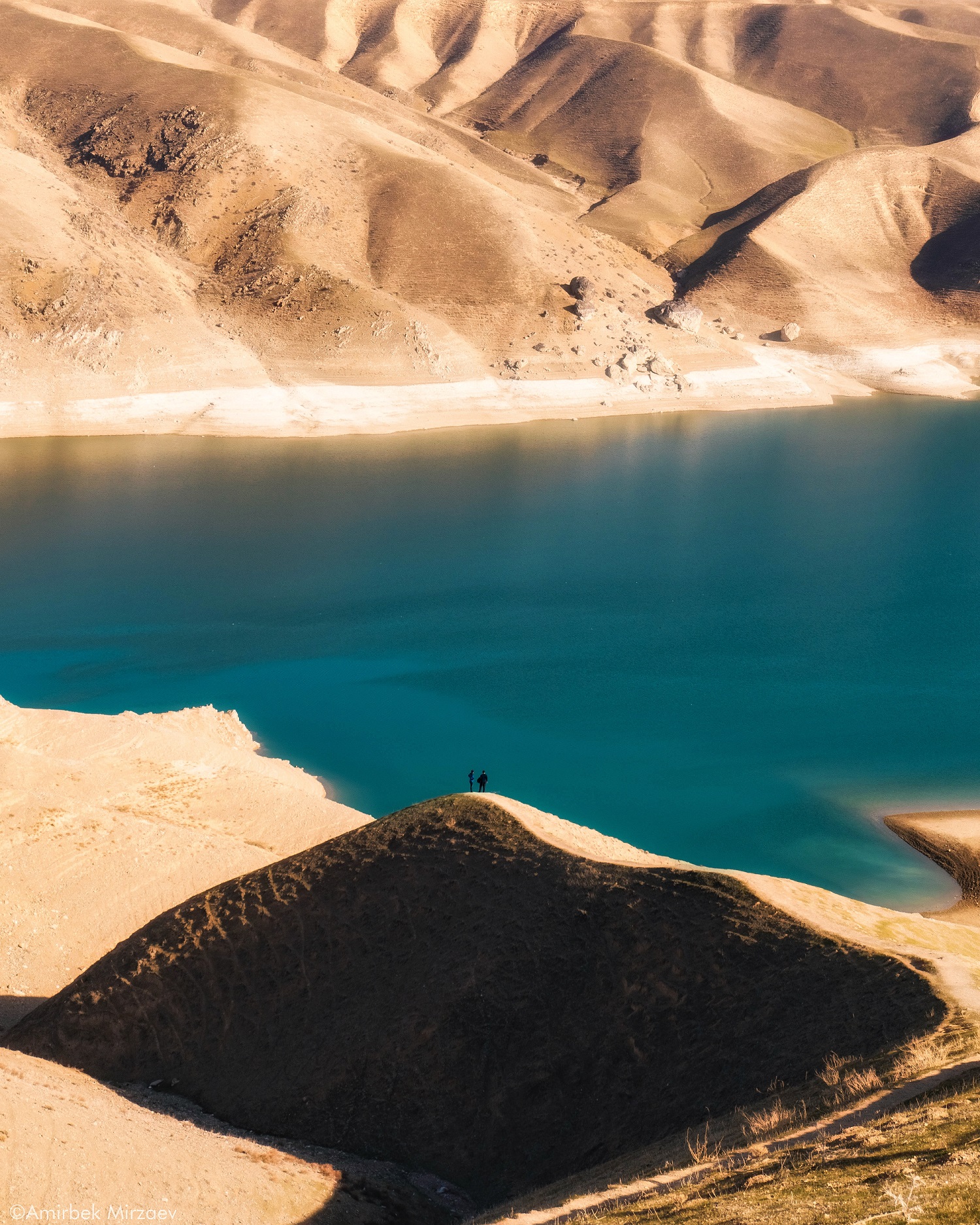
Following negotiations with Uzbek diplomats and scientists, an agreement was reached to conduct additional research in Uzbekistan in July this year with field work in the Tugunbulak settlement on laser mapping of the entire city using a professional drone, geophysical scanning of archaeological structures (LiDAR laser mapping technology) located underground and the study of the city's pyramidal fortresses through excavations. Future research in the Jizzakh region will be partially funded by the National Geographic Society of the USA.
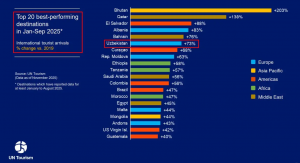

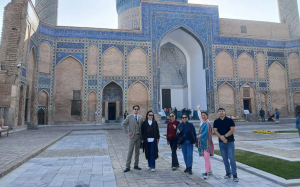
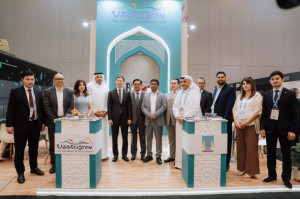
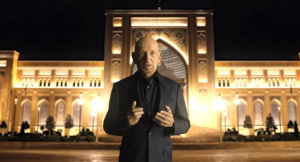
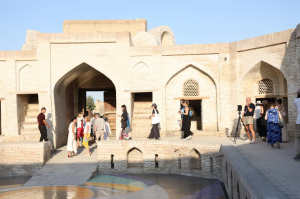

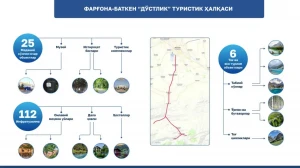


Working hours: 9:00 AM - 6:00 PM, Mon-Fri
For any questions
ПОЛЬЗОВАТЕЛЬСКОЕ СОГЛАШЕНИЕ
1. Определение
Настоящее Пользовательское соглашение (далее — Соглашение) является Публичной офертой в соответствии со статьёй 367 Гражданского кодекса Республики Узбекистан от 21.12.1995 (https://lex.uz/ru/docs/111181#162763) и регулирует порядок использования материалов и Сервисов сайта Государственного унитарного предприятия «Национальный PR-центр» (далее — Предприятие), размещённого на веб-сайте и поддоменах Национального Туристического Информационного Центра: https://uzbekistan.travel/ (далее — Сайт).
Посетитель и (или) Пользователь подтверждает, что ознакомлен, полностью и безоговорочно принимает все условия настоящего Соглашения и обязуется их соблюдать.
Использование Сайта Пользователем означает полное принятие данного Соглашения «как есть» в форме акцепта.
Соглашение вступает в силу с момента посещения любой страницы Сайта и (или) регистрации на Сайте и действует бессрочно во время пользования Сервисами Сайта.
Настоящее Соглашение обязательно для исполнения всеми Посетителями и Пользователями без каких-либо изъятий и дополнительных согласований.
Пользователь обязуется самостоятельно проверять актуальную редакцию Соглашения на Сайте перед использованием Сервисов.
2. Предмет Соглашения
Предметом настоящего Соглашения являются правила использования материалов Сайта и предоставление Посетителю и (или) Пользователю возможности использования Сервисов Сайта.
Предприятие является правообладателем исключительных прав на Сайт в целом и на его составные части, включая все виды контента: логотипы, товарные знаки, тексты, статьи, аннотации, иллюстрации, фотографии, графику, аудио- и видеофайлы, пользовательские интерфейсы, дизайн, структуру, программы, базы данных.
Я прочитал(а) и соглашаюсь с условиями использования сайта и политикой конфиденциальности.
